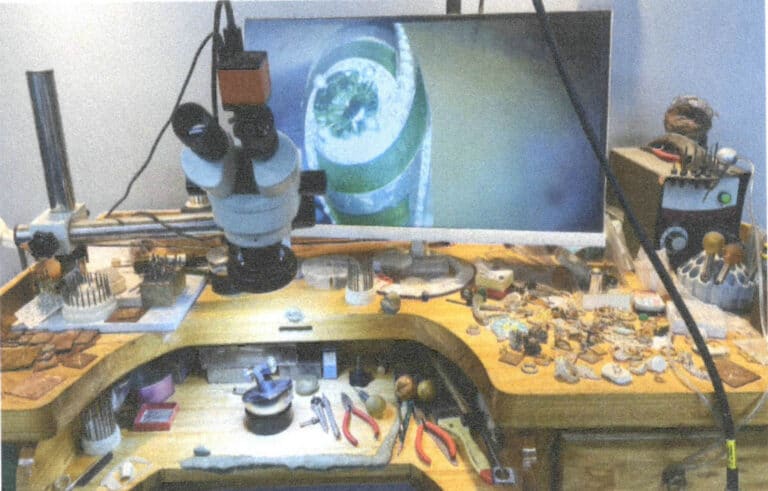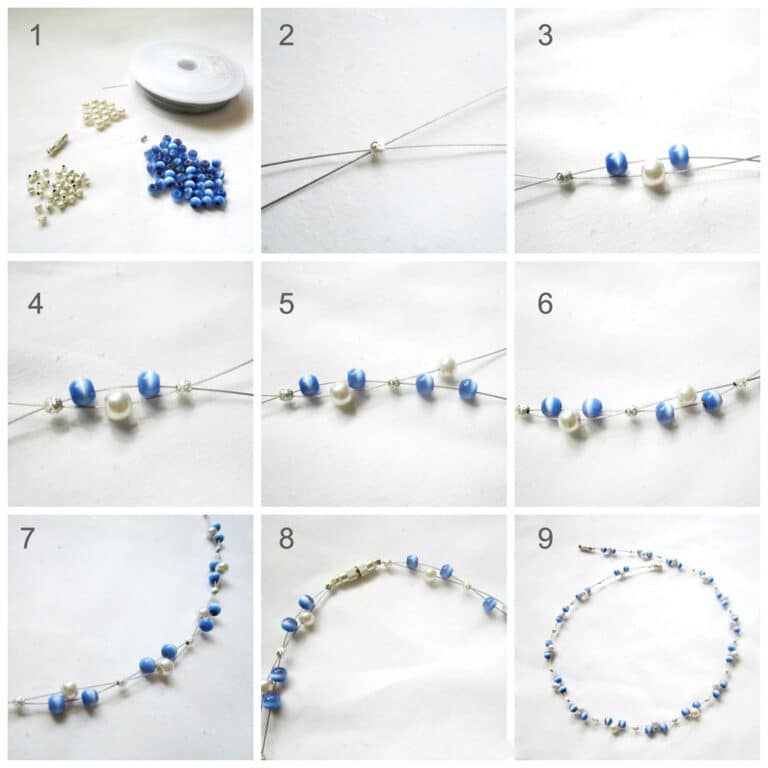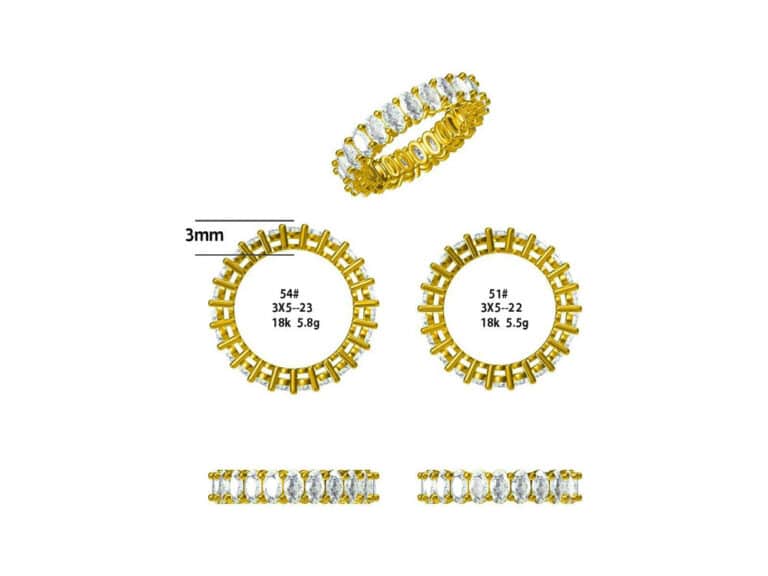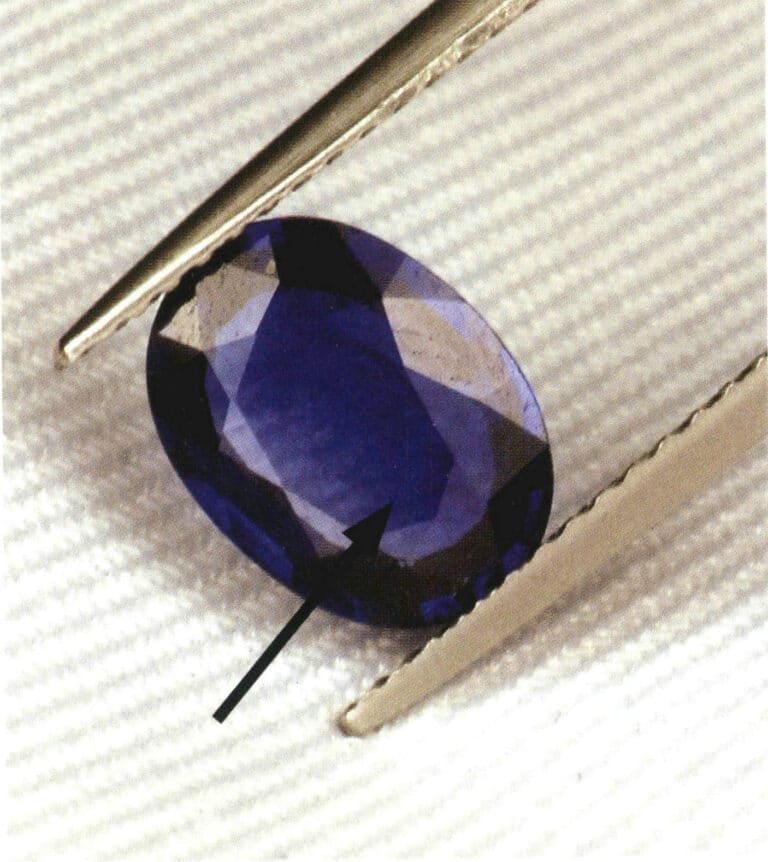How To Design The Perfect Jewelry Store Display And Space?
Ultimate Guide to Display Design of Jewelry and Accessories Sales Space
Úvod:
This article dives into the world of jewelry display design, covering everything from the exterior design of jewelry stores to the window displays and interior layout. Learn how to create an inviting store appearance with modern or traditional styles, design eye-catching windows with various display methods, and optimize the in-store layout for customer flow and sales. Discover tips on lighting, color schemes, and display case selection to enhance your jewelry’s appeal. Whether you run a jewelry store, studio, or e-commerce business, this guide offers practical insights to boost your sales and customer experience.

The design style reflects the brand's jewelry style
Obsah
Section I Exterior Design of Jewelry Stores
Exterior decoration refers to all decorative works outside and around the sales space, such as storefront decoration, signage, lightbox advertisements, and outdoor lighting. Consumers’ understanding of an unfamiliar store mostly begins with its appearance. The quality of the exterior design of the sales space directly affects the number of customers entering the store. Generally, people’s perception of a store is that a luxurious and elegant exterior decoration indicates that the products sold are also high-end and of good quality. In contrast, a plain design and average decoration suggest that the products sold are of mediocre quality and price. Decorations mismatched with the products, overly luxurious or simplistic, and poorly coordinated arrangements will hinder customers’ purchasing choices.
Exterior design mainly includes appearance, entrance and exit, signage, and external lighting.
1. Appearance Design of Jewelry Stores
The exterior is a store’s overall impression, which usually reflects the store’s grade and personality. From an overall style perspective, it can be divided into modern and traditional styles.
Jewelry has gradually become synonymous with fashion, and the exterior of a jewelry store designed in a modern style can lead trends and convey a sense of fashion. Most jewelry stores adopt a modern design style, which can motivate consumers with a strong sense of fashion. If the store is located in a bustling commercial area, the nearby commercial zones are generally of a modern style, achieving a harmonious effect. In today’s fashion trends, the design of modern-style stores can provide a fashionable and contemporary visual experience, reflecting the trendiness of the jewelry through the store’s exterior design. The design of modern-style stores can provide a fashionable and contemporary visual experience, reflecting the trendiness of the jewelry through the store’s exterior design (Figure 2-1, Figure 2-2).

Figure 2-1 The design style reflects the brand's jewelry style
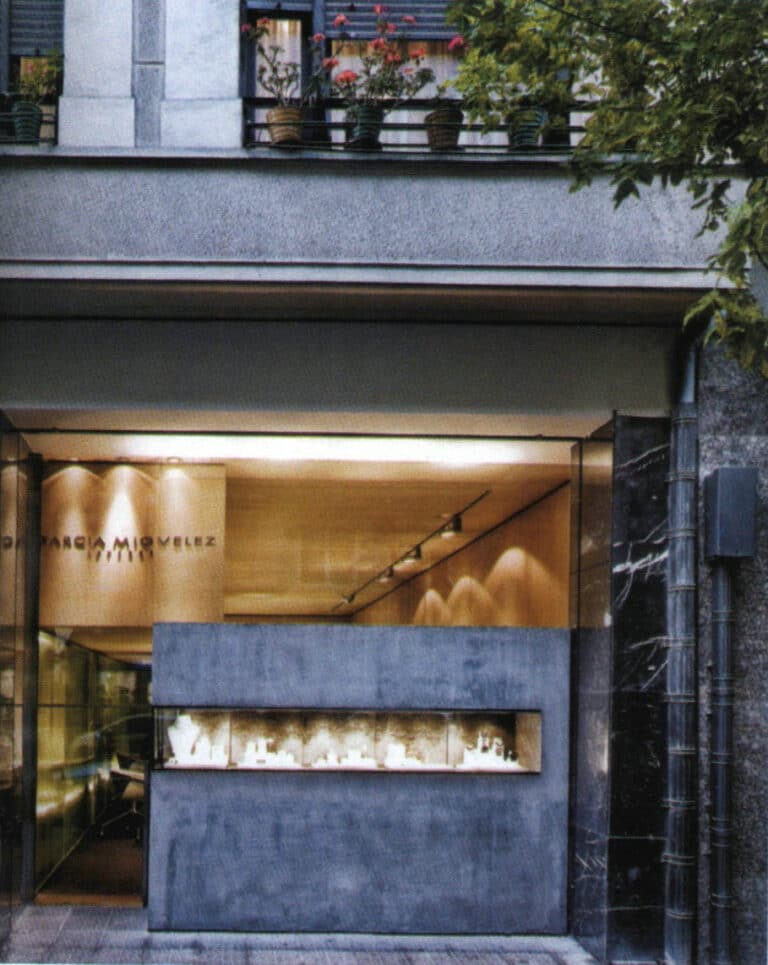
Figure 2-2 Using modern design techniques and materials to reflect the style of jewelry
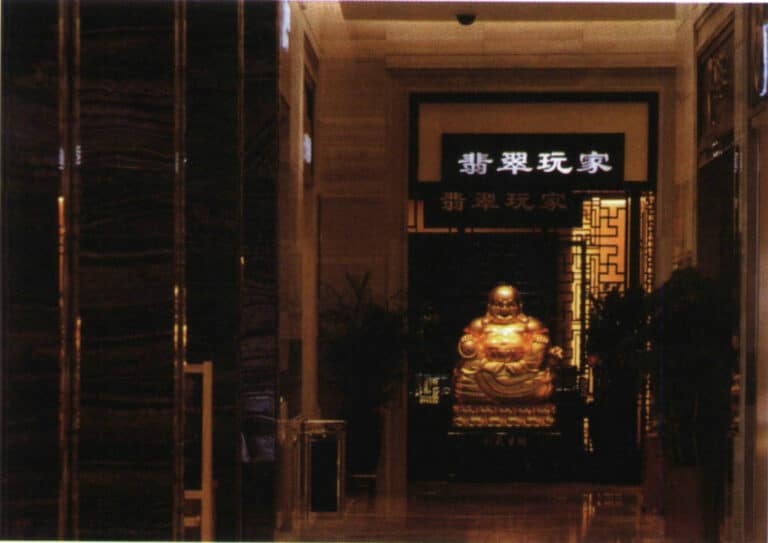
Figure 2-3 Using traditional flowing patterns to enhance the display atmosphere

Figure 2-4 Traditional store decoration
2. Design of the Entrance and Exit of Jewelry Stores
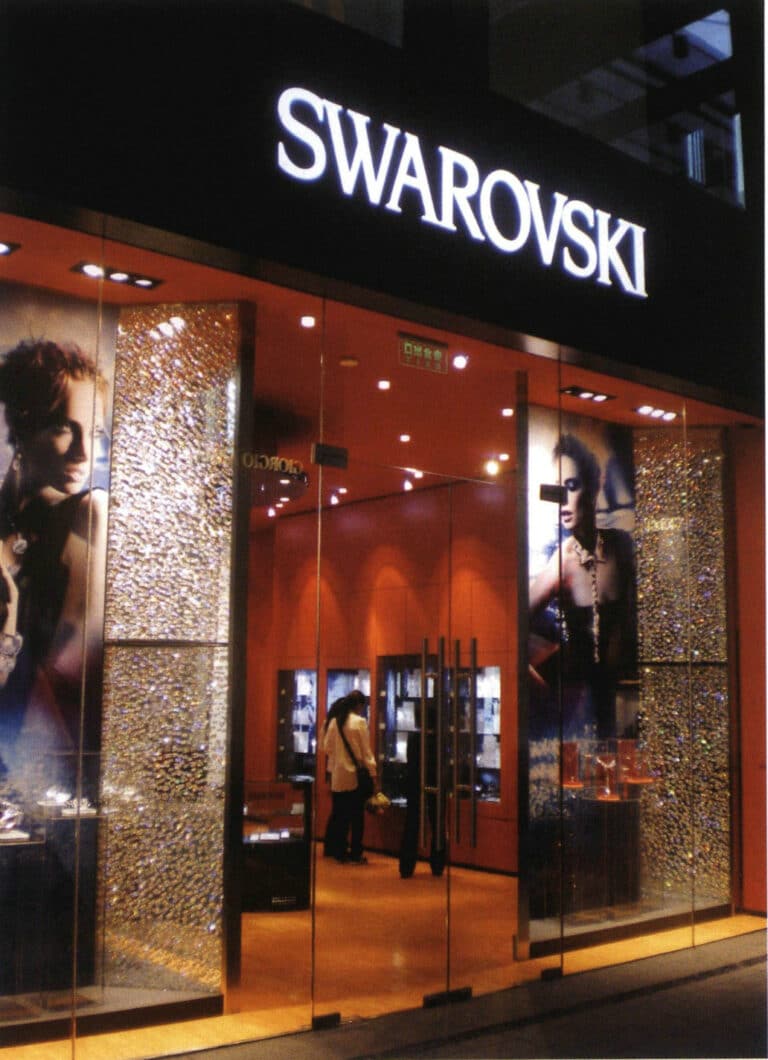
Figure 2-5 Entrance and Window Display Design
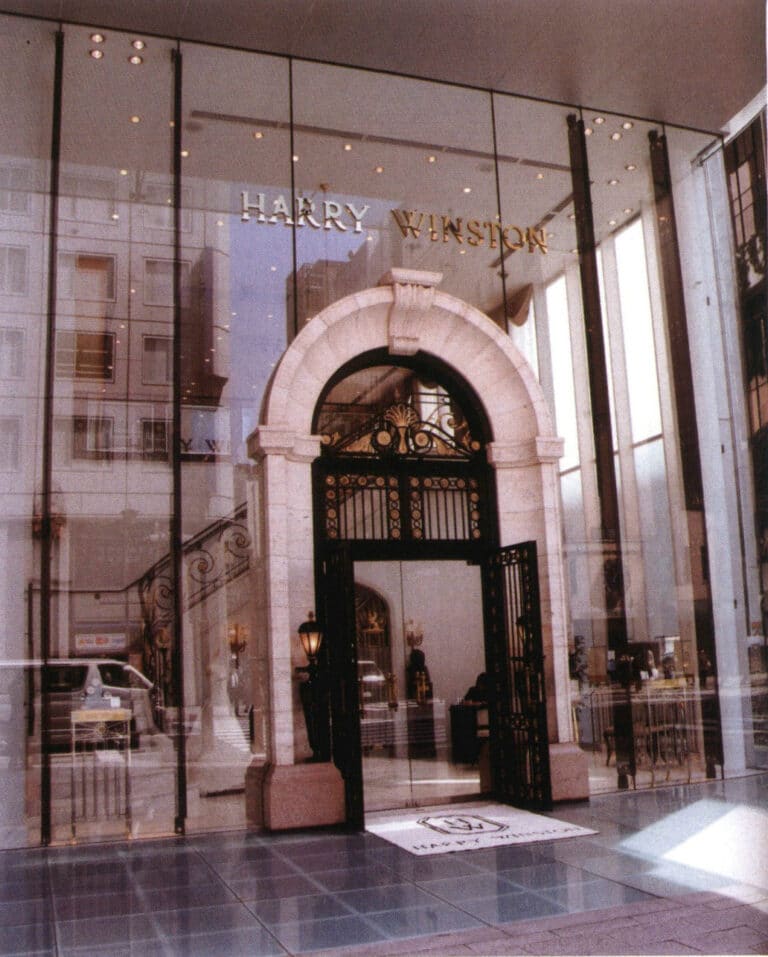
Figure 2-6 The transparent storefront has a guiding effect
3. Jewelry Store Signage Design
Once the store name is decided, the signage design must be considered. The design and installation of the signage must harmonize with the surrounding environment while also being distinctive to attract customers’ attention. The signage is a specific form of advertising; a good signage design in an excellent location can garner more attention and recognition. A top-notch sign should be complemented by a high-quality neon light design, which not only helps customers easily find the store when night falls but also, more importantly, it allows more potential consumers to discover and pay attention to your store. In general, the signboard’s design and decoration should consider the signboard’s form, specifications, and installation methods, striving for diversity and uniqueness. It should be eye-catching while integrating with the storefront design, giving a perfect visual image. The signboard has various materials: wood, stone, metal, acrylic, organic glass, etc. The installation methods can be directly embedded in the storefront facade, decorated on the exterior wall, or upright or hanging outside the store.
The signboard can directly reflect the store’s business content and product style. A signboard with an image or content consistent with the business can enhance its appeal and recognition of the store. Fashion jewelry stores should choose signboards that are strong in fashion sense and eye-catching in color. Traditional and established jewelry stores often appear more formally, so they should choose a dignified, stable, grand, and luxurious decorative style (Figures 2-7, 2-8).

Figure 2-7 Swarovski brand specialty store
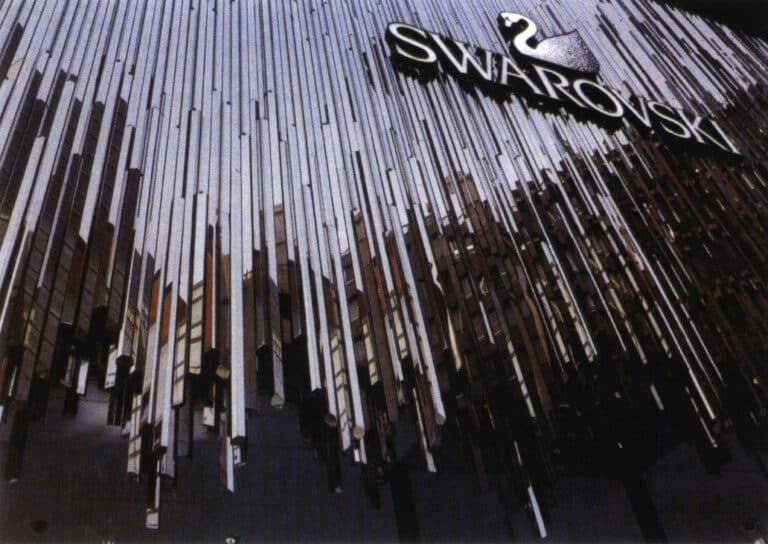
Figure 2-8 The brand sign can effectively reflect the jewelry design style
4. External Lighting Design for Jewelry Stores
External lighting mainly refers to using artificial light sources in external decorations. Through external lighting, not only can the store entrance and the front environment be illuminated, but it can also create an atmosphere, enhance the environment, and increase the store’s attractiveness and appeal.
The most sensitive aspect of human vision is color; color is the most striking symbol in human vision. Different colors have different physical properties, which means that different colors have different wavelengths, and therefore, colors can directly or indirectly affect people’s emotions and psychological activities and form different psychological feelings. For example, the cream color gives a feeling of innocence, cuteness, and simplicity; yellow and orange give a relaxed and lively feeling; red excites people, giving a bold and intense feeling; pink has a strong romantic atmosphere; rose and light purple give a sense of elegance, mystery, and beauty; green is full of vitality, symbolizing youth and hope; blue brings a relaxed and cool feeling. Colors are arranged in the order of the color spectrum: red, orange, yellow, green, cyan, blue, and purple, with the intensity gradually decreasing (Figure 2-9).

(1) Sign Lighting
When natural light is insufficient, the sign can be decorated with neon, LED, and spotlights. Neon lights not only illuminate the sign, enhancing the store’s aesthetics and recognizability at night, but they can also create an atmosphere. Neon lights can be designed in various shapes and colors. To make the sign stand out, the light colors are generally dominated by monochrome and strong contrasting colors such as red, green, and white, which makes the effect more striking. A computer can also control the flashing frequency and graphic changes of the lights, and dynamic lighting effects can make the sign more lively and attractive (Figure 2-10).
(2) External Decorative Lighting
External decorative lights are an extended application of neon, LED, and large spotlights. Neon and LED lights are generally installed on the street in front of the store or on the store’s walls, mainly enhancing and creating an atmosphere. For example, many stores have raised light nets, and some even use multi-colored light nets to decorate the trees in front of the store; additionally, various multi-colored lights reflecting the store’s business content are decorated on the walls or around the sign in front of the store. Large spotlights are generally installed on the ground in front of the store or on light poles to illuminate the entire store, creating a unique shopping atmosphere and brand connotation (Figure 2-11).
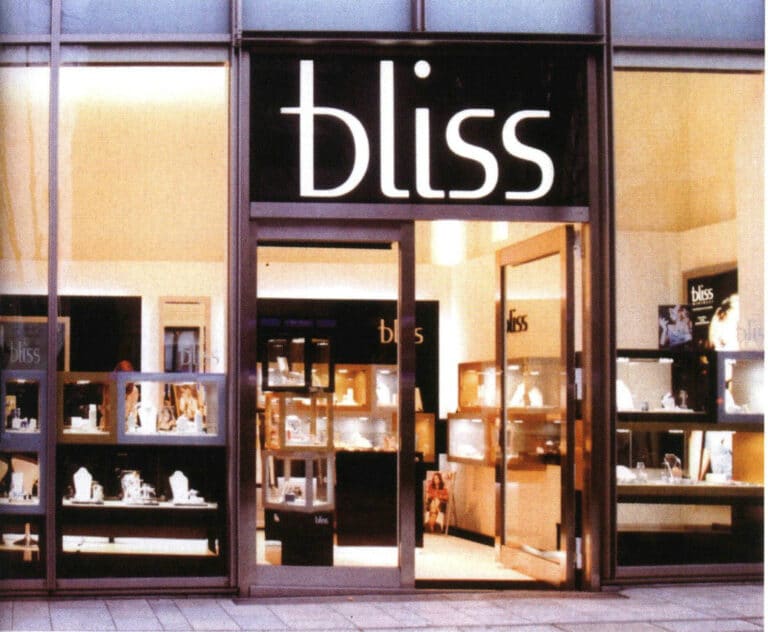
Figure 2-10 Eye-catching Logo

Obrázek 2-11 Použití výrazné červené barvy ke zvýraznění značky
Section II Jewelry Store Window Design
Professional window display has a history of over a century in Europe. People often rely on windows to understand the store. Therefore, well-known foreign brands pay great attention to window design, investing not only a significant amount of money but also being meticulous in their displays. As part of the overall decoration, the window is the first showroom of the store. Before entering the store, consumers will browse the window, whether intentionally or unintentionally, making it the first step in attracting consumers to enter the store. Thus, the design and display of the window have a significant impact on consumers’ purchasing emotions. Windows have a more intuitive display effect than television and print media. Its persuasiveness and sense of reality, along with its silent sales language and implicit sales methods, are irreplaceable by other media.
An excellent window can reflect a brand’s characteristics, style, and cultural connotations. In the increasingly competitive jewelry market, the cultural connotation of brands has been valued by more and more companies, and the window serving as a terminal window to showcase products and convey brand culture has already shown its obvious role and will carry more content.
1. Display Methods for Jewelry Store Windows
Noble and luxurious jewelry requires good display coordination to showcase the characteristics of the jewelry and create a unique style and high-taste atmosphere. Therefore, the window display is a comprehensive art; the window is the life and soul of the jewelry store. Thus, a successful window display design can attract passersby to stop and appreciate, achieving the purpose of product promotion and providing aesthetic enjoyment. The arrangement of the window mainly uses the following methods:
(1) Comprehensive Window Display Arrangement
Comprehensive window display arrangement involves displaying various unrelated products in a single window to create a complete advertisement. Due to the significant differences between the products, careful handling is essential during the design process; otherwise, it can easily lead to a chaotic feeling. Comprehensive window displays can also be subdivided into horizontal, vertical, and unit window displays.
(2) Systematic Window Display Arrangement
In some larger street-facing stores, the window area is usually larger, and systematic window display arrangements can be organized according to product categories, series, functions, and colors, displayed in the window according to systematic categories.
(3) Thematic Window Display Arrangement
Thematic window displays are centered around a theme or advertising topic, organizing different types of products for display to convey a theme to the audience. They can be divided into:
① Holiday displays – themed around a specific holiday, incorporating materials related to that holiday into the window design to create a festive atmosphere and suggest consumer opportunities. For example, before Christmas, various stores decorate their windows with Christmas trees, Santa Claus, and other decorations, hinting (or even explicitly stating) that consumers should seize the best discount shopping opportunities.
② Event displays – themed around a specific event or activity, combining related products for window design. For example, the anniversary of a brand’s founding anniversaries, etc.
③ Scene displays – Using various shapes, materials, and meanings of jewelry, the window display is arranged based on specific scenes, such as leisure or gatherings, triggering customers’ purchasing behavior through the context.
(4) Specific Window Display Arrangement
Specific window display arrangement refers to the concentrated introduction of a certain product within a window using various artistic forms and processing methods. It can be a specific display of a single product or a specific display of product models (Figure 2-12).
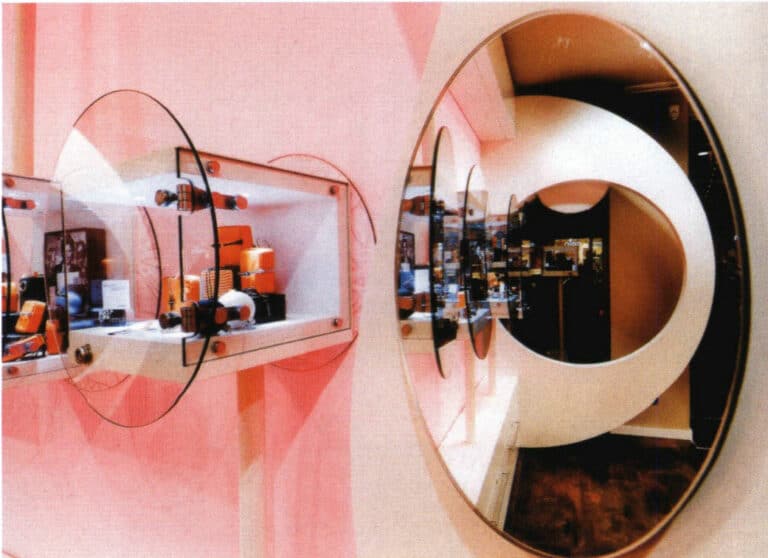
2. Jewelry Store Window Lighting

3. Key Points of Jewelry Store Window Display Design
The success of window display design is directly related to the marketing effectiveness of the products. The store’s conditions and the surrounding environment constrain the effectiveness of the window display design. There are several key points in window display design.
(1) Determine the display form based on the characteristics of the jewelry, accurately expressing the features of the jewelry.
(2) The display in the window should conform to the logic and rules of product usage, avoiding abnormal and illogical phenomena that may cause consumer aversion.
(3) The props and background used for window displays must coordinate with the exhibits’ color, shape, and other aspects to avoid overshadowing them.
(4) The design of window displays should focus on “creativity,” emphasizing the “personalization” and narrative quality of the design.
(5) If the window display is open, attention should be paid to the relationship between the display itself and the background. (Figure 2-14).
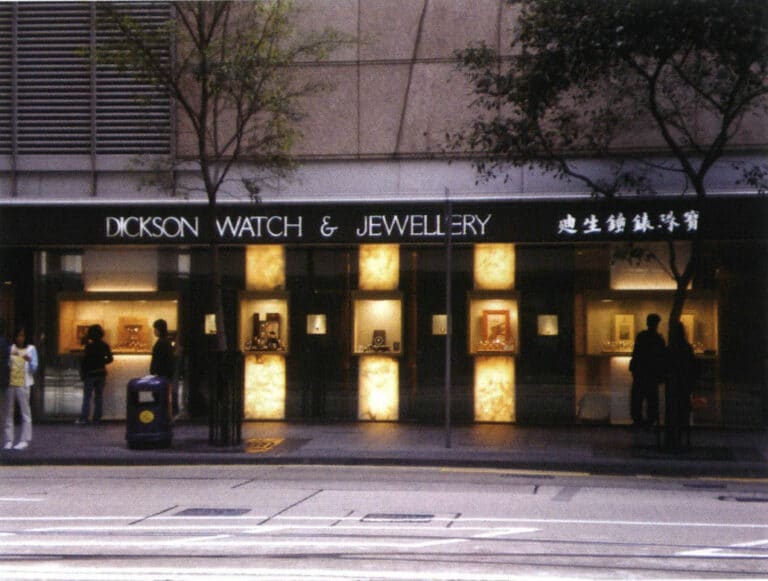
Section III Jewelry Store Design
1. Types and Requirements of Jewelry Store Design
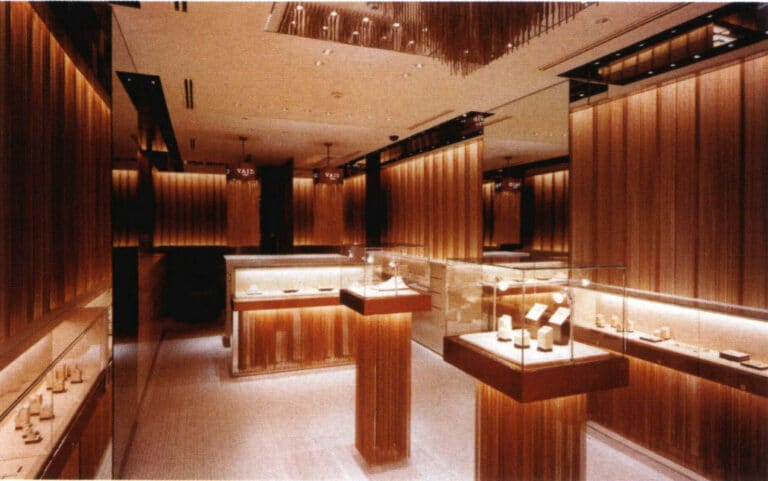
2. Analysis of Store Design Elements
(1) Layout Forms and Types
The spatial layout of jewelry specialty stores is not as complex and varied as that of jewelry specialty malls. Over years of development and change, a fixed pattern has been formed. Although the design of some jewelry experience stores may differ slightly, each operator will design based on their practical needs. For example, the activity range of sales staff, the flow of customers, and the arrangement of goods require a certain amount of space; how to divide areas may vary in different regions or according to individual interests, and there are corresponding relationships among them.
① Jewelry Counters in Shopping Malls
Large shopping malls will introduce various brands of jewelers, allocating a certain area for each brand to display their products. Generally, to maintain the uniformity of the mall, the sales counters of jewelers are made in a circular form along the boundary lines of the area, which we commonly refer to as “islands,” where sales staff can only operate within the inner circle of the “island.” A special case is that there will inevitably be columns within each jeweler’s designated area; depending on the columns’ position, the sales counters’ layout will also change accordingly, allowing for polygonal arrangements. The principle is to ensure at least a 600 mm wide passage for the sales staff. Of course, columns are excellent positions for display, presenting vertical displays, with the sales counter starting from one side of the column and returning along the boundary line to form a closed space around the column. This method is usually applied within the range of 1 to 2 columns; if there are more, the layout of the counters will differ, which can be designed in a “U” shape or “L” shape, etc. Of course, the premise is to ensure the customer flow space and the sales staff activity space (Figure 2-16, Figure 2-17).
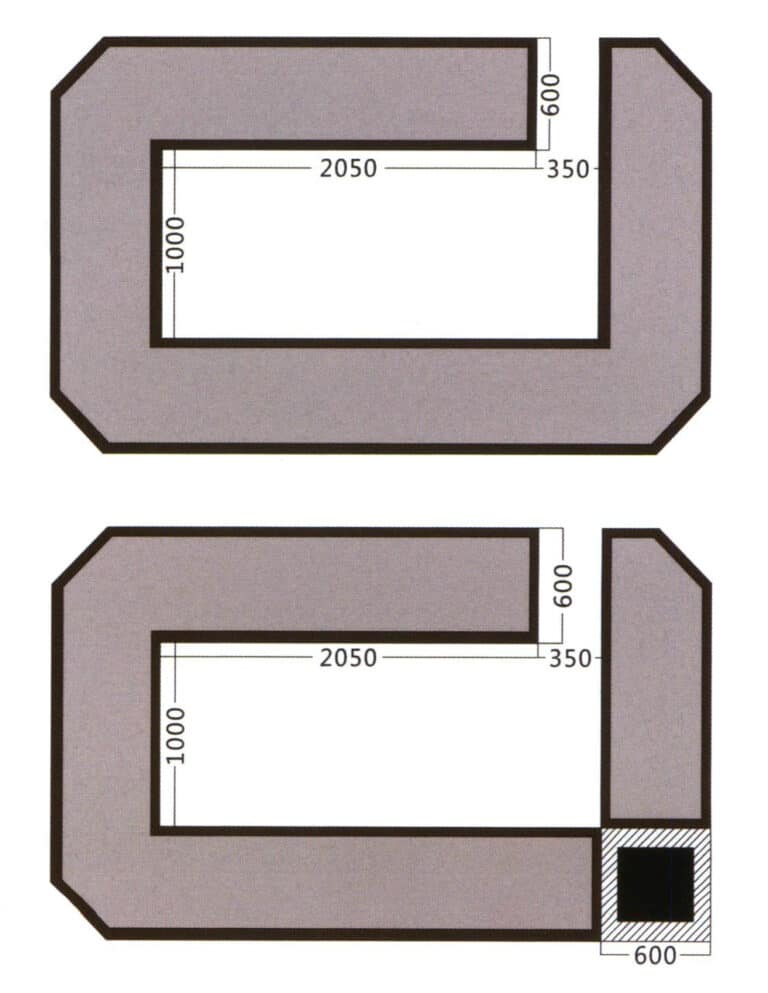
Figure 2-16 Floor plan of the jewelry counter (unit: mm)
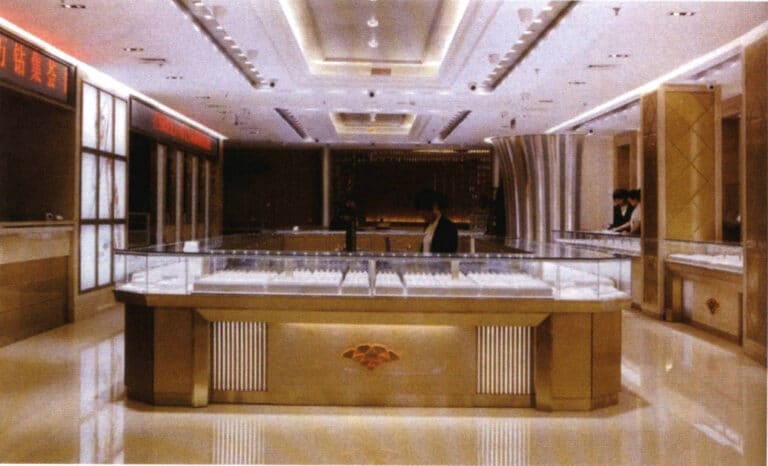
Figure 2-17 Display form of the "island" table
② Independent Specialty Store
Compared to the design of counters in shopping malls, the planning of specialty stores is more flexible and diverse, allowing for the placement of counters based on the size and shape of the store. The first layout is a parallel “一” shape, forming a line or parallel arrangement; the second is a corner layout, utilizing the corner and column spaces for placement. Of course, the planning may vary depending on the sales methods of the operators and the level of development of the town where the specialty store is located. In county-level cities, the main focus is on sales, and the more products displayed, the better, which requires a large number of sales counters. Therefore, display cabinets and windows are used relatively less, one characteristic being that operators tend to reduce the width of customer and staff aisles. Thus, the layout of sales counters is primarily in a simple central circular island arrangement, with parallel “一” shapes on both sides. In provincial capital cities, jewelry specialty stores often appear in boutique displays, emphasizing an open space layout that highlights customers’ positions. Taking Jin Wan Feng Jewelry Specialty Store as an example, the main sales counters are on both sides of the hall. At the same time, the central area features a curved counter for boutique displays, with a VIP experience area and a vault located in the back area. It can be seen that the width of the customer aisle far exceeds the 1500 mm limit set by shopping malls, and the sales counters appear in a segmented form, with each segment equipped with seating. Thus, the layout principle of boutique specialty stores is to use a small number of exquisite display counters to showcase a few carefully selected jewelry pieces, providing customers with a larger experiential space (Figure 2-18). This method not only enhances the sense of prestige for customers but also reflects the value of the products.
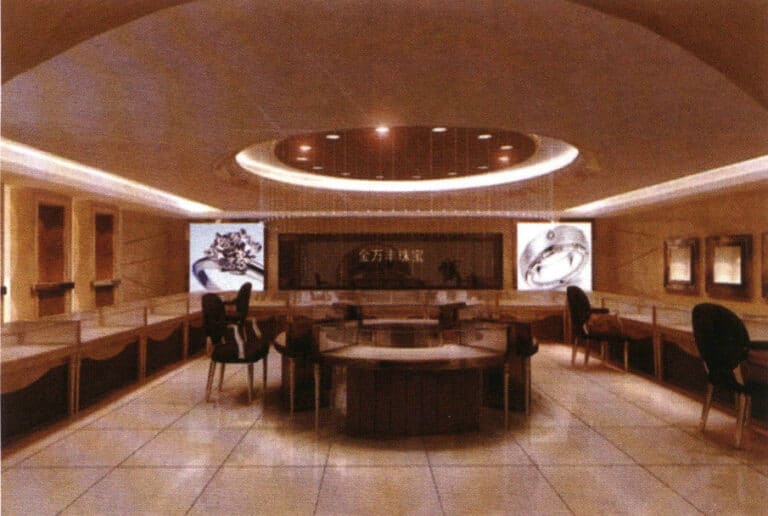
Kopírování @ Sobling.Jewelry - Výrobce šperků na zakázku, továrna na šperky OEM a ODM
(2) Functional Division of Space
The layout of specialty store spaces is varied and complex, making it difficult to identify regular patterns of spatial division. It results from the combination and variation of three areas, much like a kaleidoscope; although its changes are infinite, they are formed by the displacement of just a few fixed pieces of colored paper. Therefore, these three areas are closely related to the spatial layout changes of jewelry specialty stores. The first is the product area, which refers to where products are displayed, including sales counters, display cabinets, tree windows, image package columns, and image walls. The second is the staff area, where staff receive customers and engage in related work. It includes two situations: one is mixed with the customer area, and the other is separated from the customer area. The third is the customer area, referring to the range where customers can visit, select, and purchase products. Based on their functional division, jewelry specialty stores can be divided into the following areas: display area—window display, display cabinet display, image wall display; sales area—sales counters, cash registers, repair stations; VIP experience area and vault. Additionally, there may be a restroom in a hidden place, and of course, the office will not be far from it (Figure 2-19, Figure 2-20).
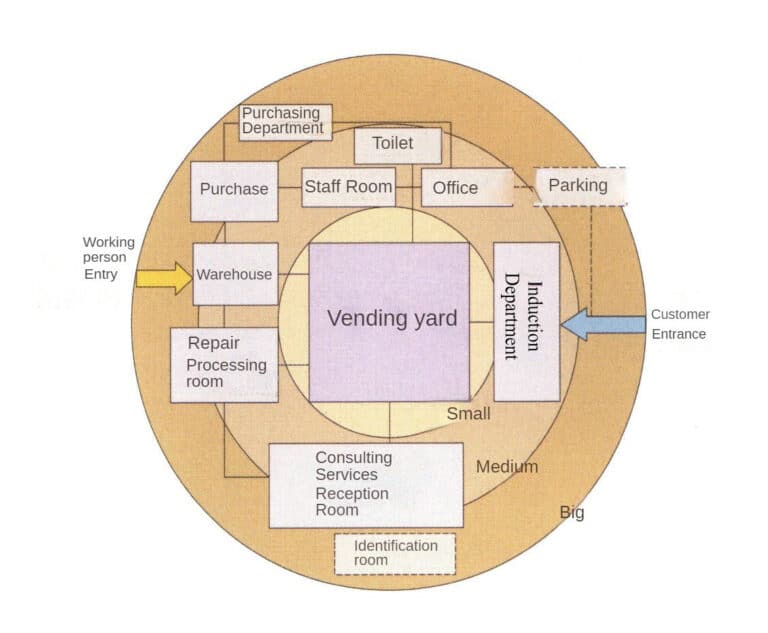
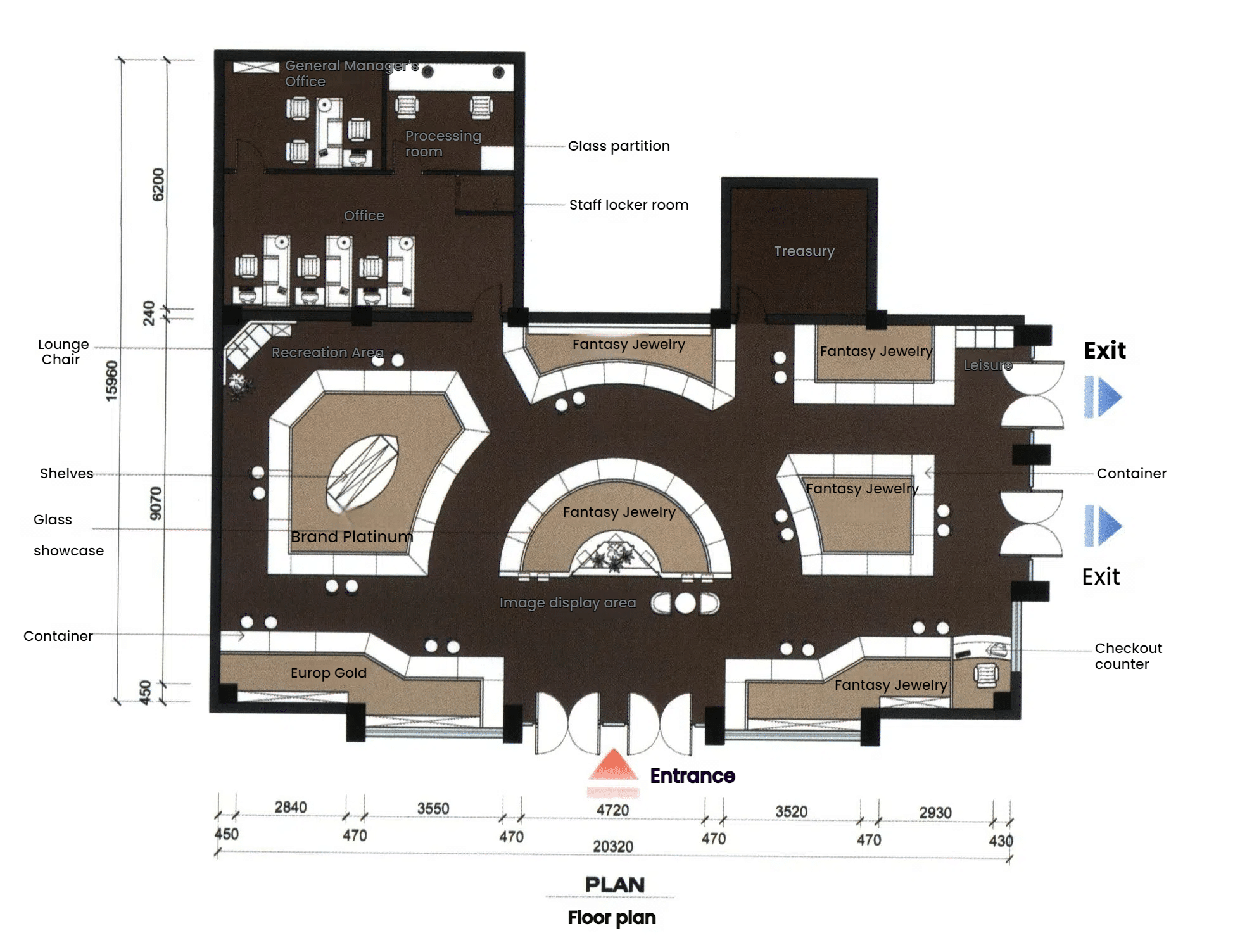
(3) Design of Spatial Flow Lines
Flow lines, also known as movement lines, refer to the routes of normal human activities. The key points for designing sales space flow lines are as follows (Figure 2-21).
(1) In commercial spaces, the flow lines of people should be designed as a circular structure, avoiding interruptions that could lead to congestion from back-and-forth movement.
(2) When arranging vertical circulation in large retail spaces, finding the best nodes to allow for natural and convenient upward and downward movement is important, facilitating the natural diversion of foot traffic.
(3) An excessively long commercial flow can cause fatigue and lead to the thought of giving up browsing, so the reasonable arrangement of “excitation points” becomes extremely important. Placing excitation points in the middle of a long flow, at the corners of the flow, and in transitional areas of the commercial space serves to regulate customer psychology.
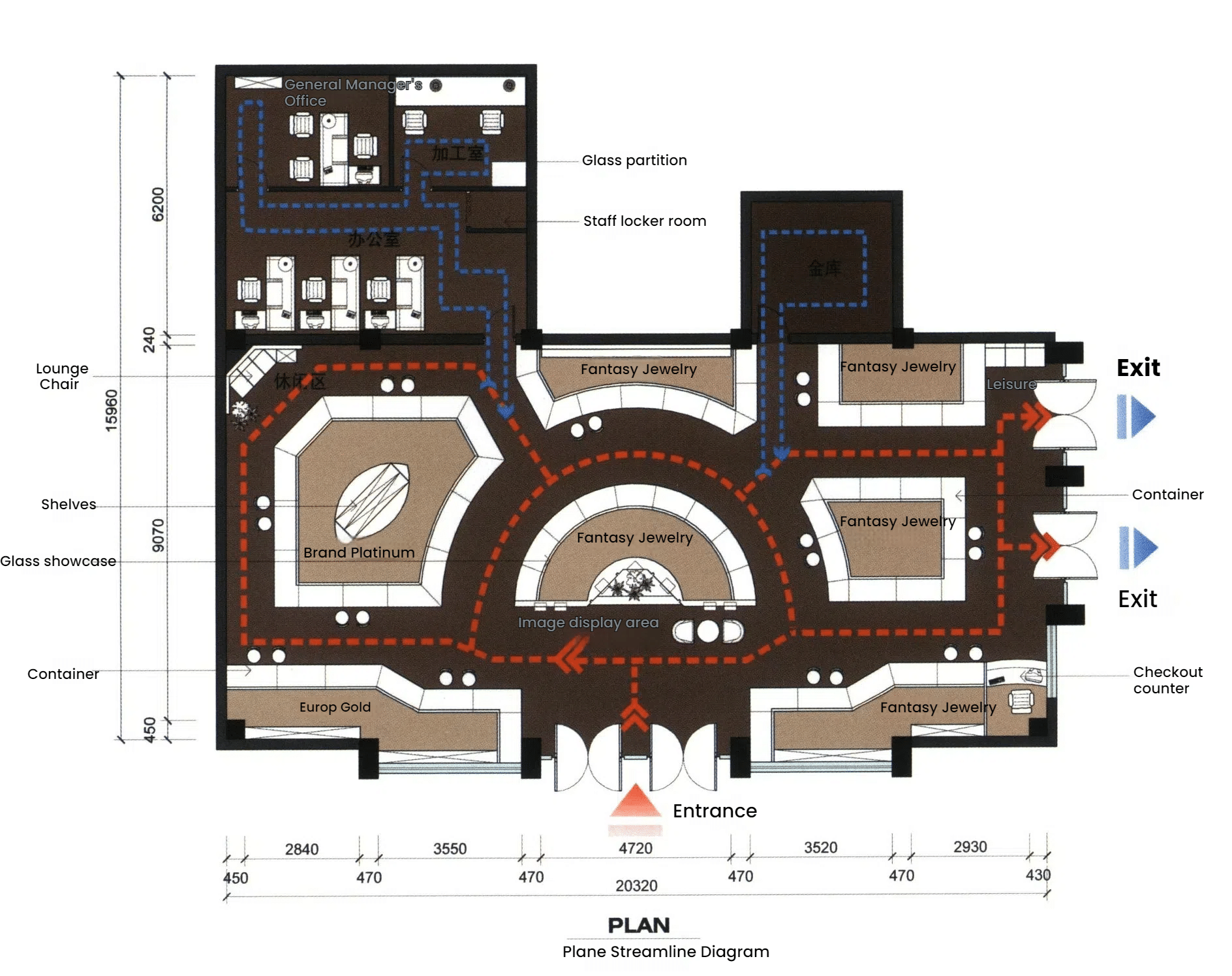
(4) Lighting Design
The lighting system of a jewelry store typically consists of basic, layered, and accent lighting (Figure 2-22).
① Basic Lighting
Basic lighting refers to the average illumination throughout the entire space. The fixtures for basic lighting are relatively fixed, often using downlights. Its characteristics include the absence of obvious shadows, and with a uniform arrangement, it is easy to maintain the overall integrity of the space.
② Layered Lighting
Layered lighting is a special lighting effect that creates a specific atmosphere in a space. Using this lighting method, one can create one or more layers of lighting in the space, showcasing variations in depth, reality, and importance. In the display design of jewelry stores, this type of lighting is usually applied in the light strips of sculptural ceilings (LED lights or metal halide lights scattering), in the processing of translucent effects on feature walls, and in the design of spill light effects on counter bases. These different levels of lighting design will present various artistic effects of layered changes (Figure 2-23).
③ Accent Lighting
Accent lighting is of utmost importance in the lighting design of jewelry stores. It highlights the exquisite nature of jewelry through different colors and intensities of light. Above the sales counter, 27 W LED lights are usually installed in the light strips, commonly called 9-bead lights, with the distance between lights maintained at 600~700mm. Depending on the nature of the products sold, the color temperature of the lights varies: warm color diffuse light sources are needed for gold and jade, while cold color diffuse light sources are required for platinum, diamonds, and silver (Figure 2-24). Lighting is also needed inside the counter, mostly using LED light strips for 45° angle illumination. In niches, windows, and showcase designs, 50 W small spotlights are typically used for accent lighting.

Figure 2-22 Basic lighting generally uses top lighting
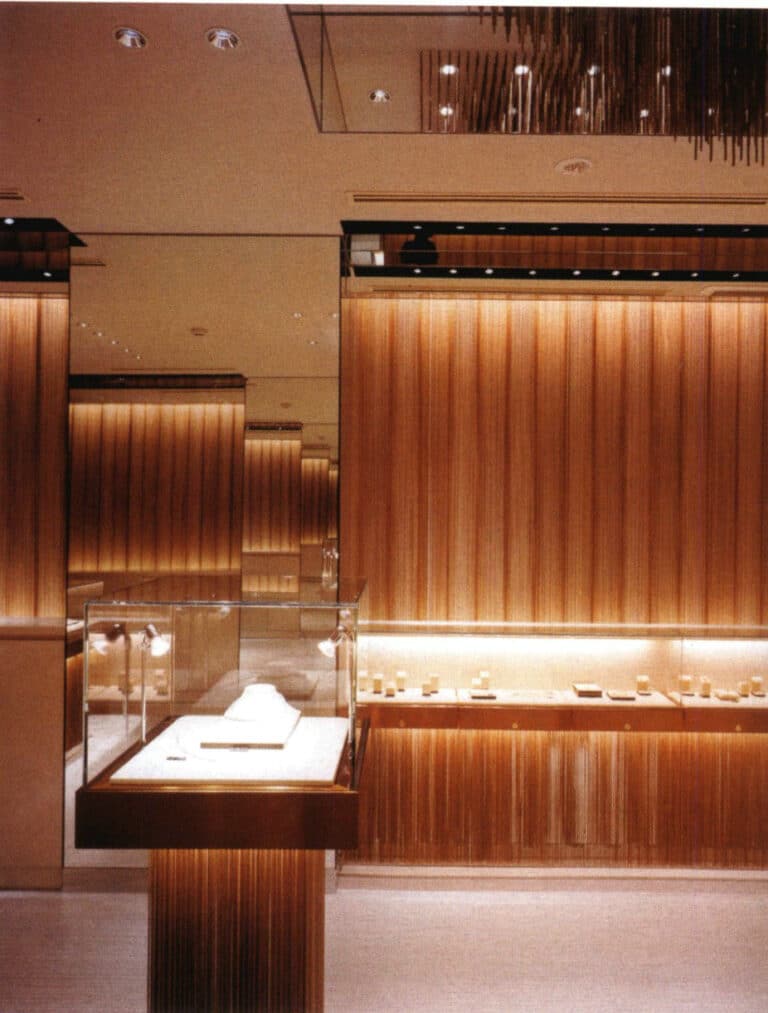
Figure 2-24 Using point light sources for localized accent lighting to highlight the display effect

(5) Color Design
Color is an important factor in visual communication. It plays a crucial role in rendering the theme of a space, enhancing the spatial environment, and reflecting the expressiveness of products within that environment. The following is an example of China Gold Nanjing Deji store design, a brief summary of the basic principles of color formation in jewelry stores.
① Unity
The main color tone must be compatible with the theme of the displayed products; in the design of Deji China Gold, the main color tone is positioned as a light wood color.
② Richness
Utilizing the contrast of hue, purity, brightness, and texture to create regular variations gives a rich sense of layering (Figure 2-25): The tea-tinted mirror and the baked paint color belong to the same color system, but the strong contrast in brightness and reflectivity, with variations from light to dark, brings a sense of dynamism to the space.
③ Prominence
The design of local colors must comply with the overall color tone requirements while using color contrast to make the theme image more vivid. For example, the red seat cushions and the red carpet in the specialty store play a highlighting role in the overall color tone, commonly referred to as “Joyous red festivities.” Such emphasis will not seem monotonous; instead, it makes the entire space appear more lively (Figure 2-26).

Figure 2-25 Red blocks create a festive atmosphere
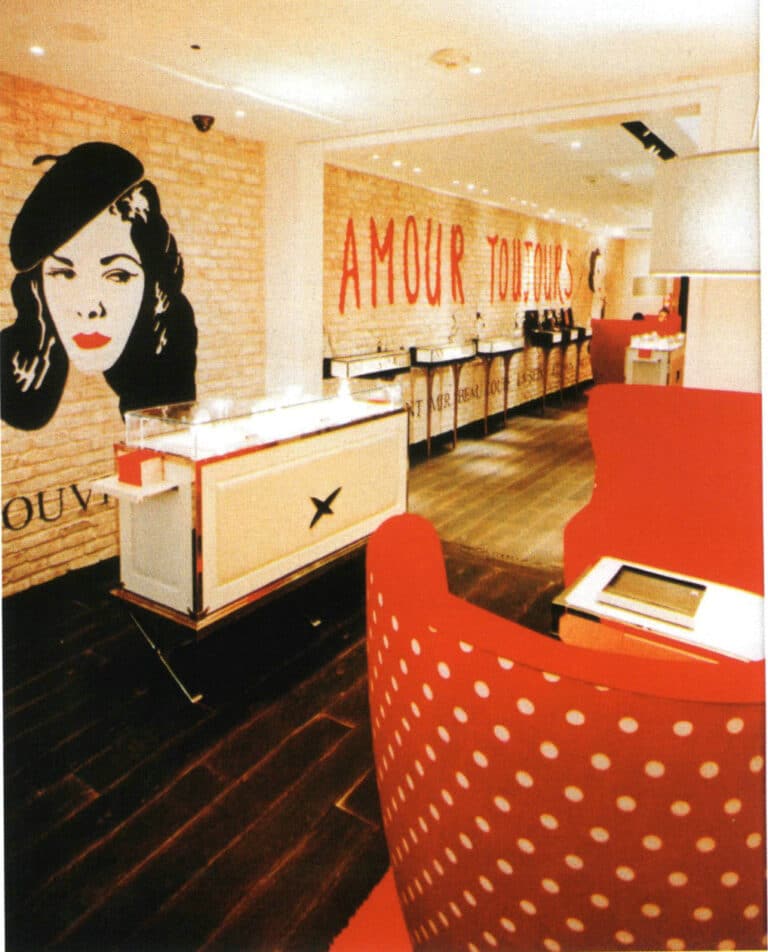
Figure 2-26 Jewelry display cabinet
(6) Display Case Design
The display case is one of the most important props in a jewelry store. Designers should use various forms of expression and decorative techniques to showcase the products. There are three main types of arrangements for display cases.
Wall-mounted: Wall-mounted refers to display cabinets arranged along the shape of the wall (Figure 2-27).
Island: Island refers to setting up independent and complete display cabinets in the middle of the sales area or enclosing several counters together (Figure 2-28).
Freestanding: Flexibly arrange display cabinets according to the design flow and characteristics of the products, but avoid clutter (Figure 2-29).
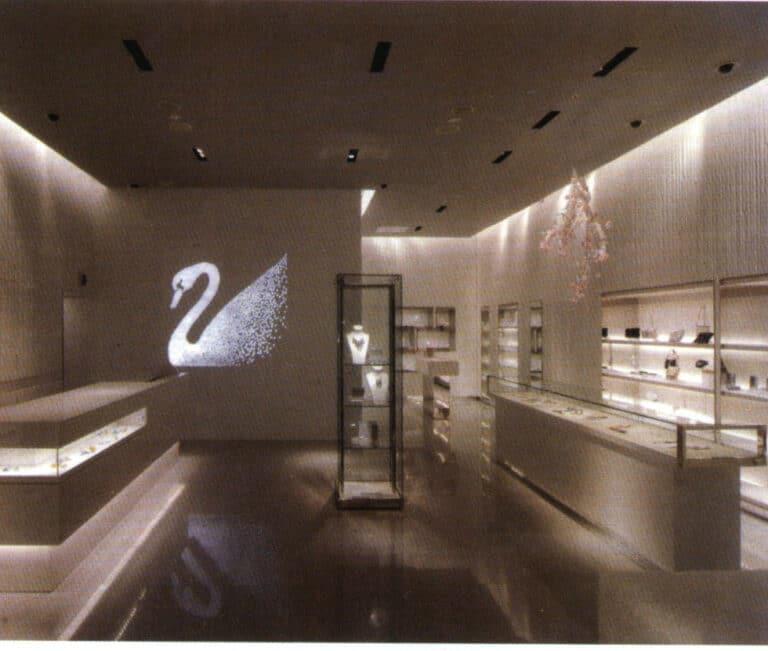
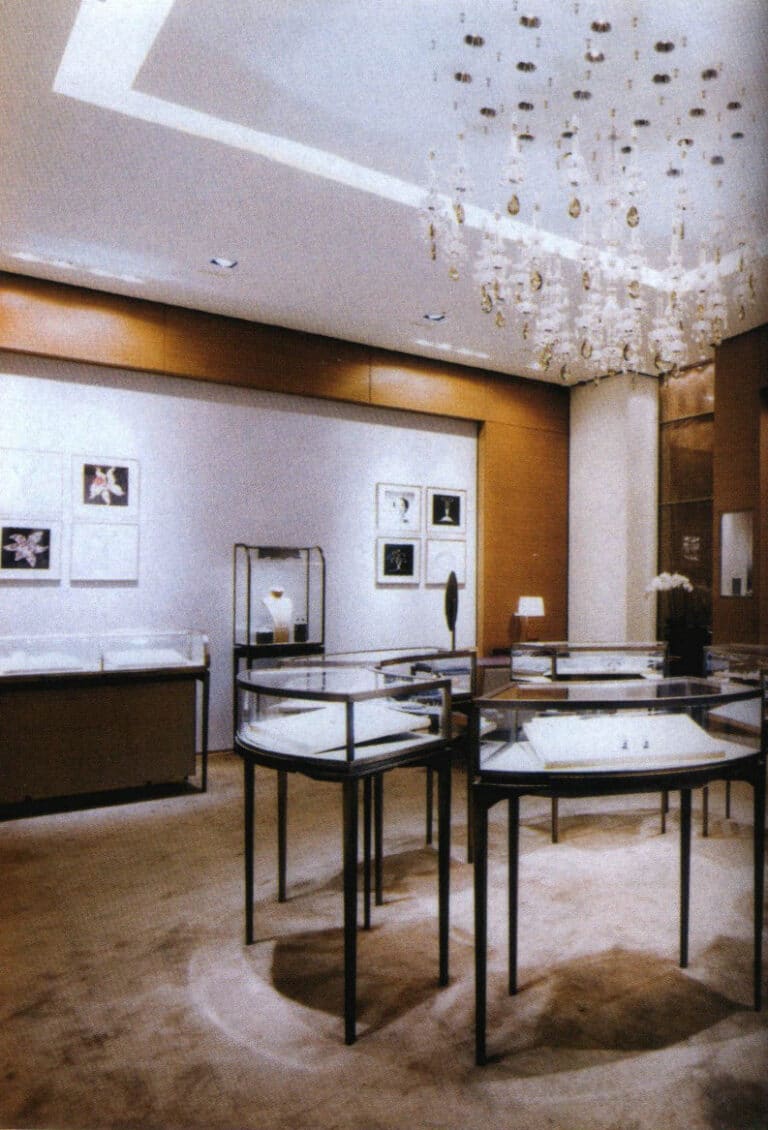
Figure 2-28 Baohengda Jewelry Store
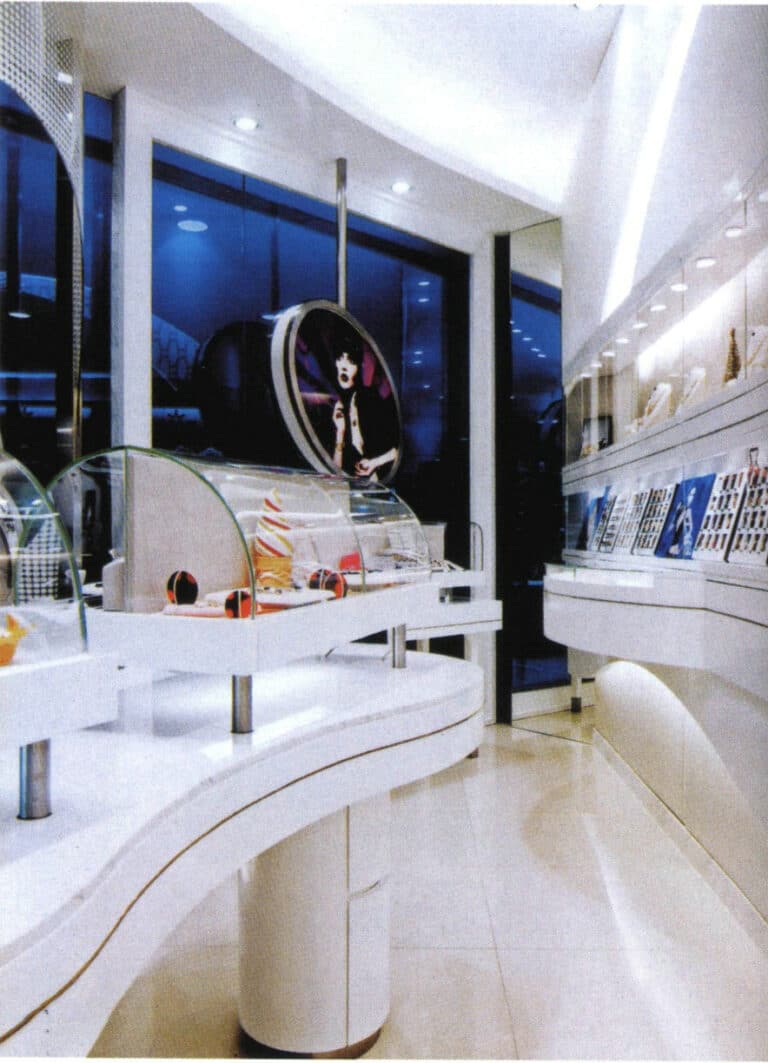
Figure 2-29 Jinjufu Diamond Store
(7) Design Material Selection
The selection of materials in a jewelry display specialty store should be based on practicality, novelty, and economic principles. Structural materials for spatial frameworks can be categorized into: wood frame materials, light steel tube materials, aluminum alloy profiles, and stainless steel. Decorative materials are divided into: wood-grain veneer panels, marble, granite, gypsum board, wood flooring, glass, mirrors, aluminum composite panels, organic boards, acrylic, polycarbonate (PC) endurance panels, carpets, and hardware materials. From the perspective of material properties, to create a classical ambiance, the design of the counter store often adopts antique shapes such as flower grids, and wood grain baking paint finishes are usually used to highlight a solemn quality. The high-end counters for diamonds, platinum, silver jewelry, etc., require simplicity, elegance, brightness, and fashion, often using glass, colored mirrors, and metals with high scattering properties.
The counters, image walls, and light strips of jewelry specialty stores are usually completed in processing factories. It is required that the counters be segmented and the image walls be constructed in sections to facilitate transportation and on-site installation. Of course, during the design process, it is essential to fully consider that, without affecting aesthetics, the sizes of the counters should be as uniform as possible to reduce transportation damage and other issues. The design requires multi-faceted thinking to allow for flexible modifications in case of issues during on-site installation and construction.
(8) Display Design
Utilizing the beauty of display to enhance the value of products is the hope of every jewelry retailer. In today’s fiercely competitive market environment, retailers strive to be unique in every detail to attract consumers’ attention and promote sales. In addition to putting effort into the design of the store and the shape of the display windows, it is essential to innovate in the display of jewelry to create a strong visual impact, establishing a distinctive commercial space that fosters a unique brand image, aiming to attract a larger consumer base and gain a greater market share. Therefore, jewelry display has increasingly gained the attention of jewelry retailers, becoming an extremely important aspect of jewelry display design.
Display presentation focuses on jewelry as the theme, utilizing different styles, colors, textures, and characteristics of jewelry and employing various artistic techniques to showcase them, highlighting the features and selling points of the jewelry, attracting customers’ attention, and enhancing their understanding, memory, and trust in the jewelry products, thereby maximizing their desire to purchase (Figure 2-30, Figure 2-31).
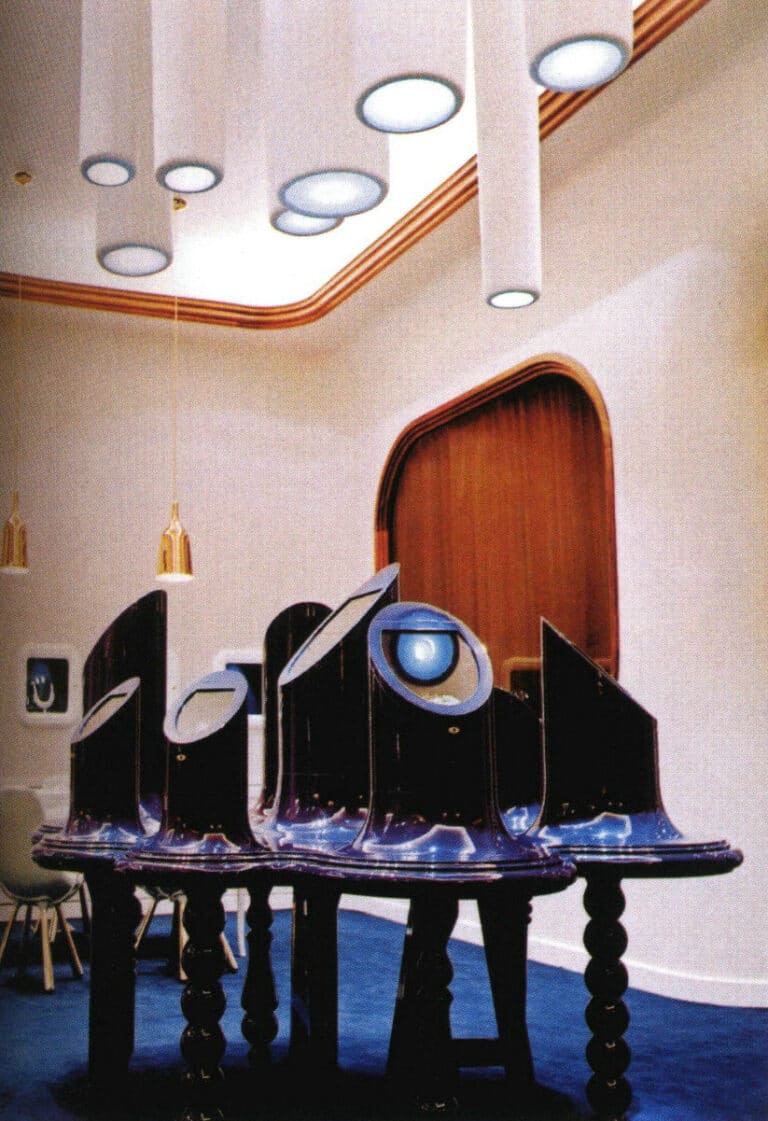
Figure 2-30 Display design using special-shaped display cabinets to create unique product features
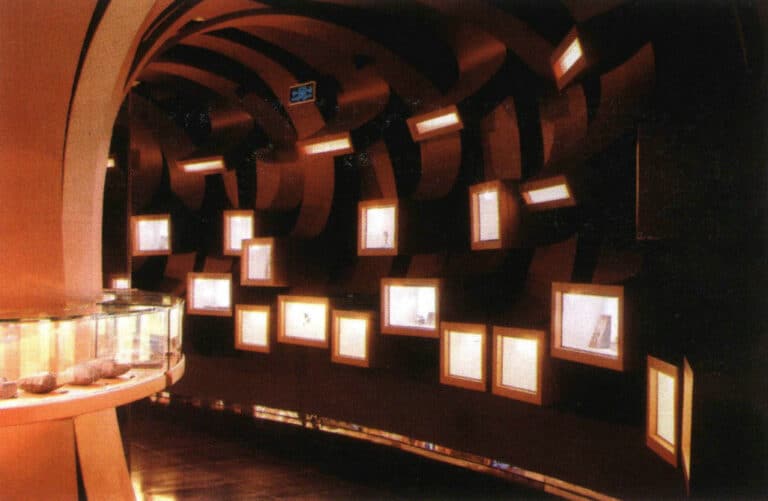
Figure 2-31 Display techniques with varying heights
3. Principles of Display Design in the Store
(1) Emphasizing the Visual Center
Regardless of the type of indoor environment, there should be one or more visual centers. The overall design should fully consider how to highlight the visual focal points of the interior and how to enhance them. In addition to meeting people’s functional needs, interior environment design should also satisfy people’s visual needs. The spatial form elements of the interior include the walls, partitions, floors, ceilings, and displays should all have content and spiritual meaning. They need to form certain relationships within the overall indoor environment. In the visual relationship, there will inevitably be a hierarchy of importance, with a center (the center of the spatial environment) and supporting elements, as well as relationships between the virtual and the real, the exciting and the mundane. When people walk into the space, their gaze will naturally linger on the eye-catching positions, which are visually pleasing spots, highlights, and the climax of the design form. From the design of the visual center in conventional brand specialty stores (Figure 2-32, 2-33), we can summarize a few characteristics that can form a visual center.
(1) Visually striking images with strong contrasts are likely to become the visual center and are easily perceived, including strong contrasts in light and dark, shape, color, and texture.
(2) Unique visual images are likely to become the visual center because they differ from other images in the same space, allowing people to quickly capture the special parts of the space.
In addition, dynamic images are likely to become the visual center, and warm-colored images are also likely to become the visual center. Warm color series have a distinct sense of boldness, with warm colors advancing and cool colors receding.

Figure 2-32 Using circles as the theme for display
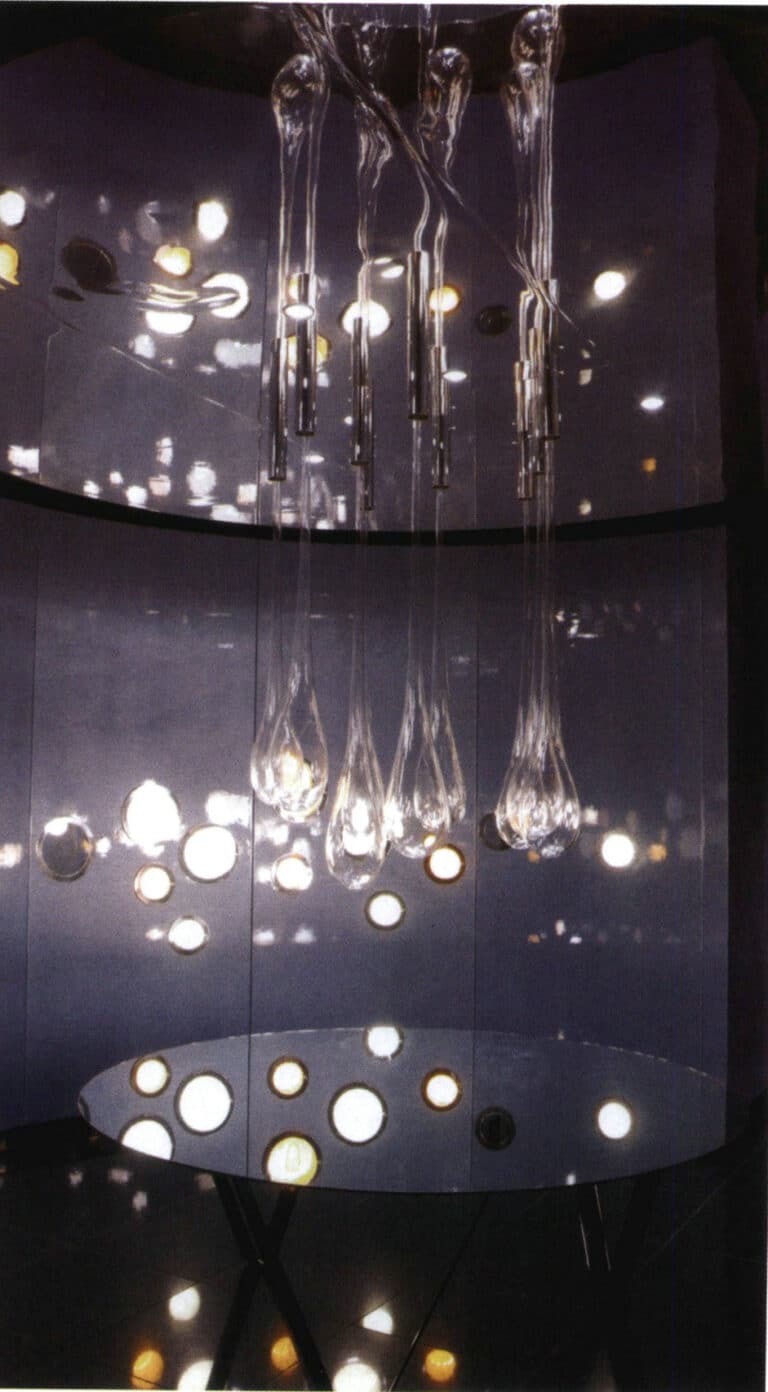
Figure 2-33 Highlighting the display through a unique visual image
(2) Display Techniques and Artistic Expression
The display design of jewelry specialty stores is mainly about the design of the counter. Depending on the type of product, the design style will vary. The diamond counter requires a simple and clear design, with a modernist style, while the jade and gold counters often require a traditional classical style design. The China Gold Nanjing Deji specialty store was positioned in a modernist style in its design, emphasizing functionality and spatial organization, starting with practicality as the decorative point. It focuses on showcasing the beauty of the structure with a simple shape, opposing excessive and repetitive decorations, and emphasizing a plain, simple, bright, and fresh style. Of course, to fully express this style, the design of the shape and the choice of materials must start by emphasizing the theme. For example, in the design of a jade exhibition hall, while emphasizing the historical value of the brand, it must also express the development and changes that keep pace with the times. The design of the display cabinet transforms traditional furniture design and endows it with modern materials, allowing it to exude modern fashion vitality under a stable shape and temperament (Figure 2-34).
(3) Principle of Safety
The indoor display design for professional jewelry sales focuses on arranging and displaying valuable items. Since jewelry is small but expensive, careful consideration is needed for how to showcase it. Because these are valuable items, the display cabinets must showcase and pay special attention to storage and anti-theft functions during the design (Figure 2-35).

Figure 2-34 Using white and clear glass to create a sense of flowing water and a gentle atmosphere
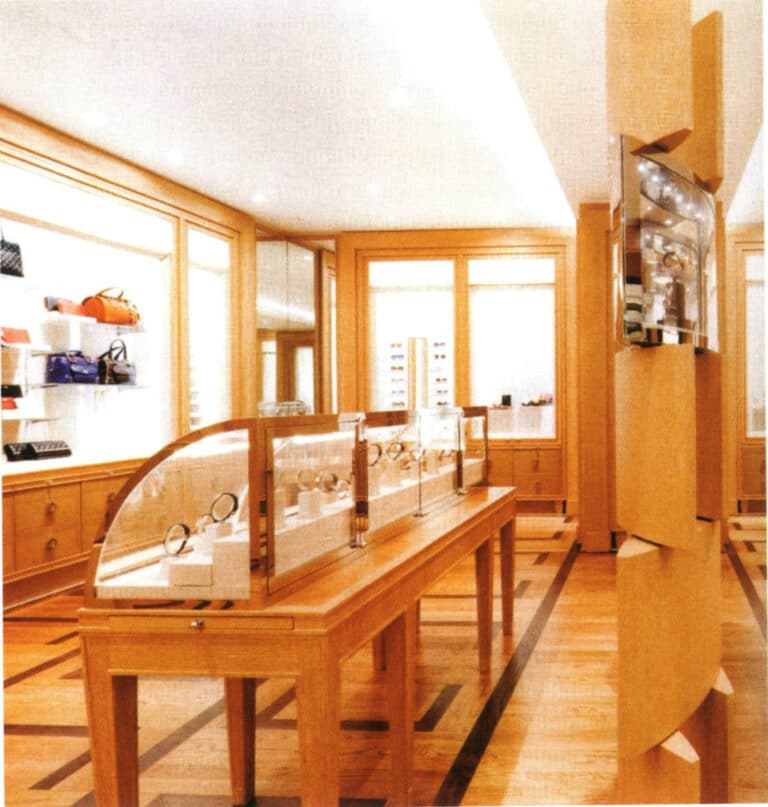
Figure 2-35 Jewelry Display in Specialty Store







